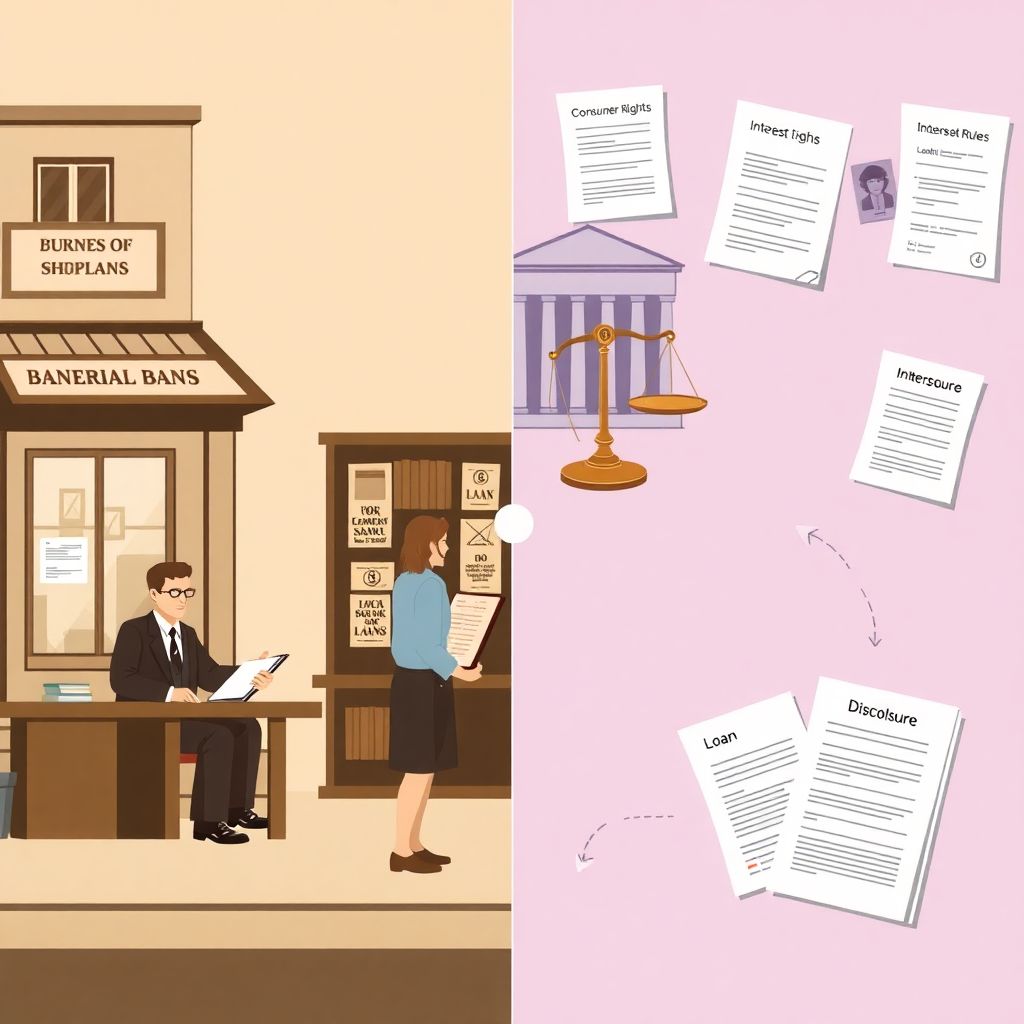Historical background of personal loans
If you strip away apps and glossy ads, personal loans are just a modern version of an old idea: borrowing money based on trust in your ability to repay. In the past, you’d ask a local banker or even the owner of a shop to front you some cash, often at unclear or unfair terms. Over time, governments stepped in with rules on interest, disclosure, and consumer rights. That shift turned back‑room deals into regulated products you can actually compare. Today, banks, credit unions and fintechs fight for customers by offering low interest personal loans and slick digital onboarding, which gives you more choice but also more homework.
Basic principles you really need to know
A personal loan is usually unsecured, meaning no car or house as collateral. The lender checks your income, debts and credit score, then sets the amount, term and interest rate. The better your profile, the closer you get to the best personal loan rates; riskier borrowers pay more, if they’re approved at all. You receive the money in one lump sum, then repay in fixed monthly installments. That predictability makes planning simple: you always know what leaves your account and when. The key trade‑off is clear: shorter term means higher payments but less interest overall, while a longer term feels gentler monthly but costs more in total.
How to use a personal loan in real life

Think of a personal loan as a focused tool, not extra spending money. Common uses: consolidating several high‑interest credit cards, covering a big medical bill, funding a necessary move, or paying for training that boosts your income. A smart move is doing a quick personal loan comparison before deciding. If you’re rolling multiple debts into one, check that the rate is lower than what you currently pay and that you won’t stretch the term so far that you quietly spend more. Used carefully, a loan can tidy your finances; used as a band‑aid for chronic overspending, it just hides the problem for a while.
Step‑by‑step: from idea to money in your account
A lot of people jump straight to an online personal loan application and hope for the best. It’s safer to walk through a simple sequence and keep control of the process instead of letting marketing decide for you.
1. List your current debts, rates and monthly payments.
2. Decide your goal: consolidate, cover an emergency, or fund a project.
3. Check your credit score and fix quick issues (errors, unused cards).
4. Do a targeted personal loan comparison from at least three lenders.
5. Run the numbers with a calculator: monthly payment and total interest.
6. Only then submit applications, ideally within a short window to limit score impact.
What about bad credit and higher risk cases?

If your history isn’t spotless, you’ll see lots of ads for personal loans for bad credit. Some are legitimate; others rely on desperation and charge eye‑watering costs. With weaker credit, the aim isn’t chasing the absolute lowest rate on the market but finding the best realistic offer you can get right now, while also working on improving your profile for the future. That might mean accepting a smaller amount, choosing a shorter term, or providing extra proof of income. A co‑borrower or guarantor can sometimes help, but only if you’re both very honest about the risks and your ability to repay without straining the relationship.
Typical misconceptions that cost people money
A common myth is that all personal loans are “expensive” by definition. In reality, for someone paying 25% on credit cards, even moderately low interest personal loans can be a huge upgrade. Another misconception: the “monthly payment” is all that matters. Lenders know this and may stretch the term so the payment looks tiny while you quietly pay far more overall. People also assume the first approval they get is automatically good; skipping comparison shopping is like buying the first car you see. Finally, a loan doesn’t fix overspending. If lifestyle stays the same, new debt often appears on top of the old one.
Putting it all together in a practical way

Understanding personal loans isn’t about memorizing jargon; it’s about seeing how the moving parts affect your daily cash flow. Before you borrow, ask yourself three blunt questions: “What exact problem does this solve?”, “Can I handle the payment even in a tougher month?”, and “Have I checked at least a few offers, including from my own bank or credit union?” When you combine those questions with a calm personal loan comparison and a thoughtful online personal loan application, you turn borrowing from a guess into a planned decision. Used that way, a personal loan becomes a temporary tool on your path, not a permanent burden.

